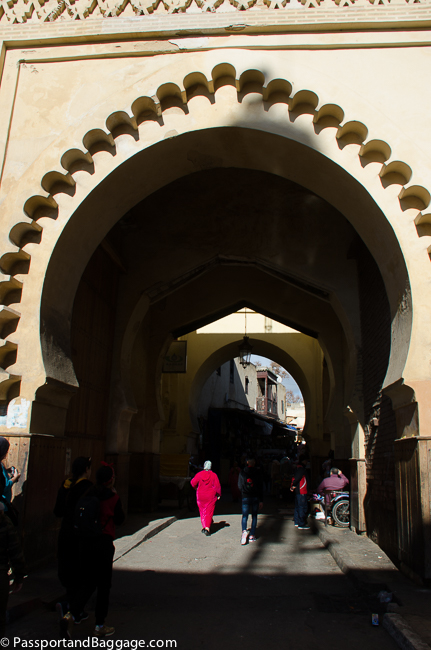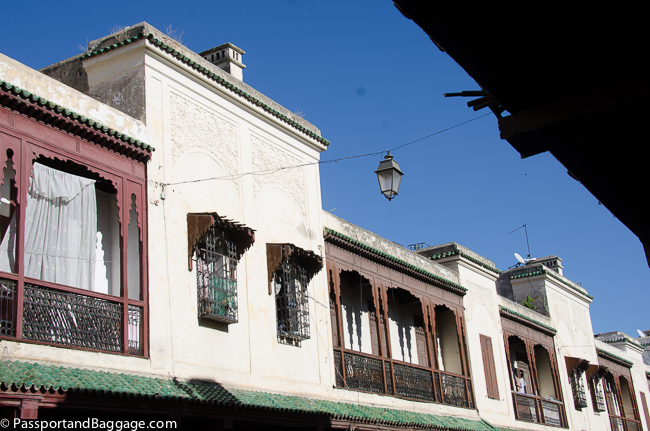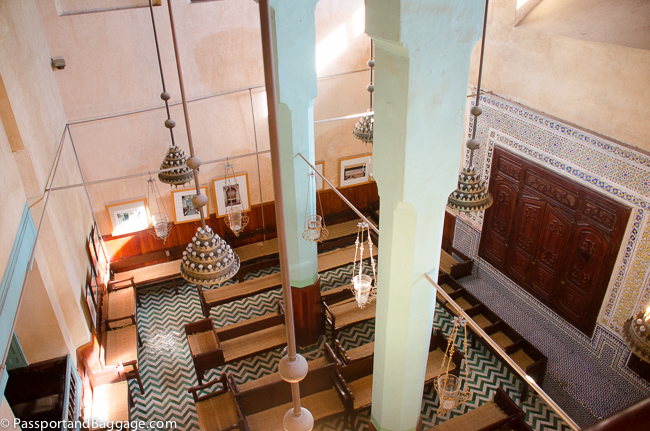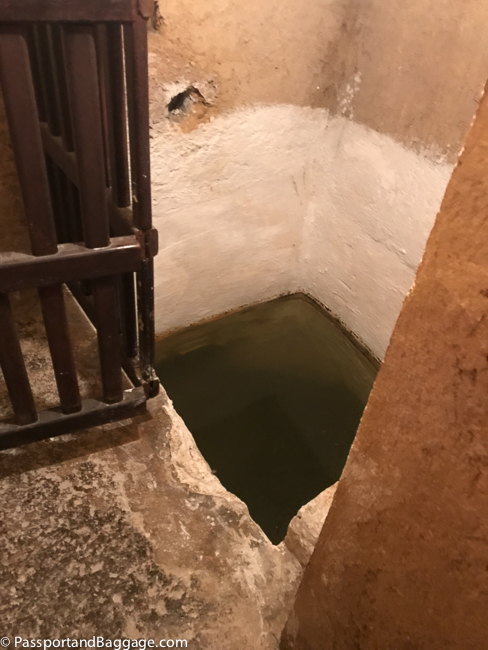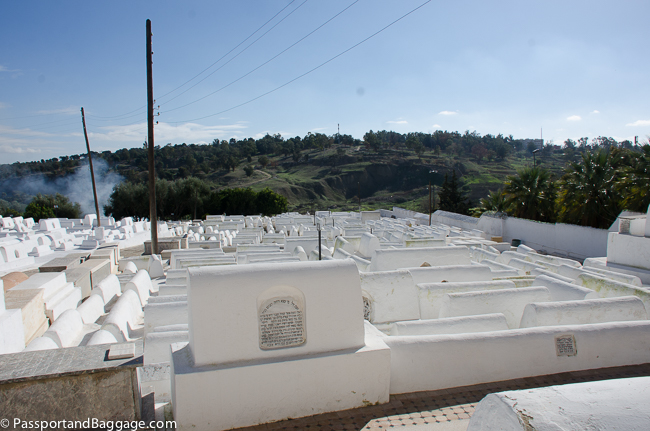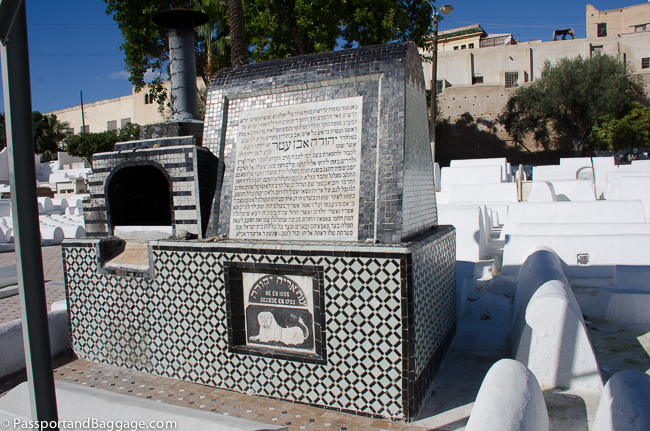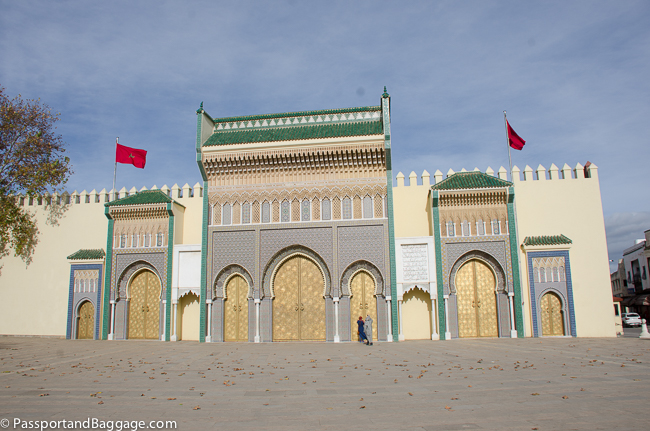December 22, 2019
The Fes el-Jadid is the new part of the Fes Medina founded by the Marinids in 1276 as an extension of the older section, Fes el Bali . Here are some of the highlights of the area.
The original gate, Bab Semmarine, that marked the entrance to Fes el-Jadid was destroyed and then rebuilt in 1924
The Mellah
Stories have placed the Jews in Morocco since the sixth century after the destruction of the first temple in Jerusalem. The Jewish community was basically tolerated under Arab rule. In the seventh century, when Jews became known as dhimmi, or “protected persons” they were free to practice their religion, but they were barred from various jobs and required to pay a special tax. Some years they were allowed to live in the cities, other years not.
The first official mellah was established in the city of Fez in 1438. In the first half of the 14th century, the Marinid Dynasty founded, alongside Fez, the town of Hims, which was originally for the Christian militia. In 1438 the Jews were driven from the old part of Fez to Hims, which had been built on a site known as al-Mallah, “the saline area”. Ultimately, the term came to designate Jewish quarters in other Moroccan cities.
For a long time, the mellah of Fez remained the only one, it wasn’t until around 1557 that the term mellah appears in relation to Marrakesh. Then, around 1807, sultan Sulayman forced Jews to move to mellahs in the towns of the coastal region.
In 1948, after the establishment of the Jewish state, almost all Moroccan Jews emigrated, some fleeing persecution and some encouraged by the Jewish Agency. As a result, nowadays mellahs are really only inhabited by Muslims leaving the mellahs as a tourist destination with a forgotten history.
The mellah, along with the cemetery is all that remains of this period of time. There are no functioning synagogues in the Jewish quarter.
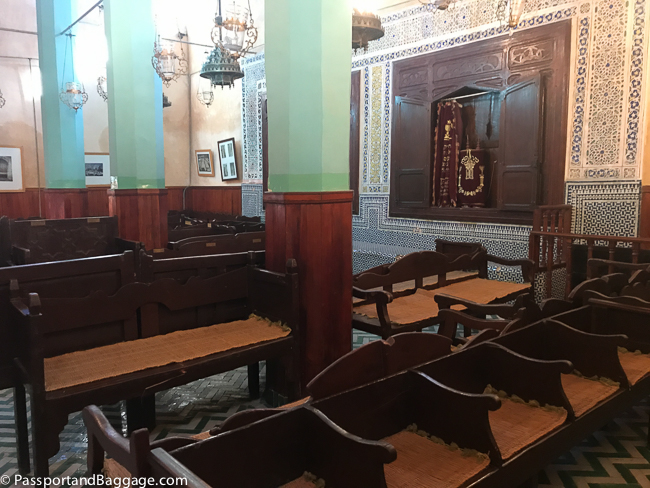 Built by the Ibn Danan family in the 17th this synagogue was saved by the World Monuments Fund in collaboration with the Moroccan Ministry of Culture, and the Judeo-Moroccan Cultural Heritage Foundation after falling into terrible disrepair post-WWII. The synagogue reopened in 1999. Today, Ibn Danan is thought to be the only complete Moroccan synagogue in existence, with wooden benches, oil lamps, embroidered tapestries, and the original gazelle skin Torah scrolls seen to the right of this photo.
Built by the Ibn Danan family in the 17th this synagogue was saved by the World Monuments Fund in collaboration with the Moroccan Ministry of Culture, and the Judeo-Moroccan Cultural Heritage Foundation after falling into terrible disrepair post-WWII. The synagogue reopened in 1999. Today, Ibn Danan is thought to be the only complete Moroccan synagogue in existence, with wooden benches, oil lamps, embroidered tapestries, and the original gazelle skin Torah scrolls seen to the right of this photo.
The Cemetery
This area of thousands of tombs freshly painted in 2019, was established in 1883. Some have engraved inscriptions, the more recent in French and older ones in Hebrew. There are small chambers for burning candles in some of these tombs, many of which had candles burning when I visited.

The tomb of Solica
Solica was born in Tangier in 1817. The local governor is said to have offered her great wealth to convert so that her beauty would be a credit to the Muslims – and then tortured her when she refused. She was transferred to Fez, where she was beheaded in 1834, at age 17. For her steadfastness, she is also venerated by Moroccan Muslim women.
This black-and-white tomb with a large fireplace for burning candles (the Sephardic cemetery ritual) belongs to Rabbi Yehuda Ben Attar (1655–1733), who, the story goes, was imprisoned by the sultan in order to raise ransom money; the Jewish community had already been taxed to poverty, though, and the rabbi was thrown to the lions. When he began to pray, the lions sat quietly in a row, as if they were his students. The apparent miracle earned him his freedom and the sultan’s apology.
Dar al-Makhzen
Dar al-Makhzen is the Fez Royal Palace of the King of Morocco. There is a royal palace in each Imperial City, Rabat, Marrakech, Tangier, and Fez.
